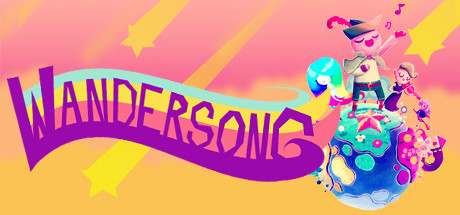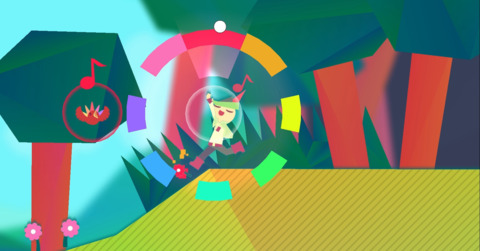Sonic The Hedgehog: Looks like SEGA is gearing up for another soft-reboot
By Igort 16 Comments
Last Thursday Roger Craig Smith, the current and longest-serving voice actor for Sonic The Hedgehog announced he would be stepping down from the role after ten years. During Roger's tenure as the Blue Blur, the series tone shifted dramatically: 3D voice-acted Sonic games up until that point were typically drenched in stilted, poorly delivered dialogue dressing up overly melodramatic plots. This shift in tone focused the dialogue of the games more on jokes and goofs that didn't always land but at least were delivered more consistently (thanks to better voice acting and directing in general). The shift was thanks to the hiring of Ken Pontac and Warren Graff, who punched up the English localisations of the scripts to fit this new tone. Only now it seems as though, alongside the long-standing voice actors for Amy Rose and Tails, Pontac & Graff are moving on from the series too.
While it's impossible to tell exactly what direction Sonic will be heading in the future, I mentioned in my review of the entire series that it definitely felt as though Sonic Team were spinning their wheels with 2017's Sonic Forces, the latest game in the series and the fourth entry in what is considered the "Boost" era of Sonic The Hedgehog. After a brief detour in Sonic Lost World, Forces went back to the Boost formula that Unleashed/Colours/Generations had laid out and over the course of that games run-time it became evident why they had, if only for one game, moved away from that style of play: boring, uninspired levels showed a clear lack of interest on the part of the developers. Beyond just it's gameplay however: Sonic Forces storyline was indicative of a SEGA unsure of what to do with the Blue Blur: the dialogue still felt like the Pontac & Graff "Saturday-morning-cartoon" vibe, but the actual plot and story beats felt like it was chasing the shonen-vibe of the "Adventure" era and as a result the entire endeavor suffered.
Why chase the old era? Well, because it's what a very-vocal section of Sonic fans really really want. Social media posts from the official Sonic accounts become flooded with people demanding a return to that era of Sonic, either in small ways, or in large demands for a Sonic Adventure 3. While I mostly doubt that SEGA are interested in going back to that era of Sonic, Forces felt like it was trying to have it's cake and eat it too by trying to appeal to as many people in the fandom as possible.
As I said, the last time we got a major reshuffle of the cast and writing team like this was when Sonic Team shifted the focus of the series considerably with 2010's Sonic Colours (although the cast technically appeared in Sonic Free Riders a few months before). And the last time we got a shuffle before that? When the voice cast was replaced with the cast of the animated series Sonic X.
And I guess SEGA & Netflix just announced a new Sonic animated series will be launching in 2022.
So in 2003 SEGA recast all of Sonic's voice actors to bring the cast in line with (what they hoped would be) a popular animated series, to provide a sense of familiarity for people who were getting into the games because of that series. Then in 2010 SEGA recast all of the voice actors once again to provide a fresh slate as Sonic Team shifted the series entire tone in a new direction.
So there's a possibility here that SEGA are looking for a new cast for Sonic Prime, who can also double-up and provide the voices for future Sonic games which veer into a new direction; both gameplay wise and story wise. Perhaps they'll also take this opportunity to tie the two projects together? That'd certainly be a neat concept, even if it's a little far fetched. Perhaps Ben Schwartz, who voiced Sonic in that Sonic movie that did pretty well apparently, will be tapped as Sonic's voice actor across the whole franchise.
Sonic, as a series, has certainly had it's fair share of up's and down's, maybe some down's more than up's. But with the character riding high off that there film, I'm certainly hoping that in this, the year of Sonic's 30th Anniversary, SEGA can capitalize and deliver a fantastic experience to push Sonic into the future.
No pressure, though.



Log in to comment